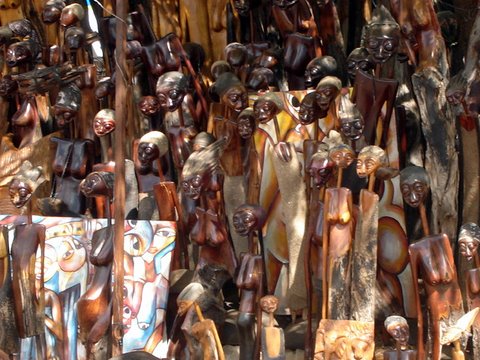"Swaziland Regions | Lobamba"
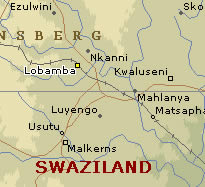
![]() The Swaziland Royal Area of Lobamba is the centre of the Swaziland Government.
King Mswati III maintains the Royal Kraal at Lobamba in which the various Swazi
Rituals and Ceremonies take place.
The Swaziland Royal Area of Lobamba is the centre of the Swaziland Government.
King Mswati III maintains the Royal Kraal at Lobamba in which the various Swazi
Rituals and Ceremonies take place.
The annual Swaziland Reed Dance is perhaps the
most well known. Visitors come from all over the World just to photograph the Spectacular/Colourful event.
The Swaziland Reed Dance (Umhlanga) takes place over an eight day period
in late August or early September. The Swazi maidens cut reeds and present them to
the Swazi Queen Mother and then dance. Only childless unmarried Swazi maidens are
allowed to take part. The aims of the Swaziland Reed Dance are to :- a) Preserve a
Swazi maiden’s chastity. b) Provide tribute labour for the Swazi Queen Mother. c)
Produce solidarity by working together. From day one to day five the Swazi maidens
gather and prepare the reeds. On day six the Swazi maidens drop their reeds outside
the Swazi Queen Mothers quarters. They then move to the area to sing and dance,
keeping in their groups. Each group sing their individual songs, all at the same
time. Day seven is the last day of dancing, this time in front of the Swazi King.
Several other tribes, from neighboring countries, that all carry out the Reed Dance
Ceremony usually send a group of their maidens to take part. It is quite an experience
to compare the different Traditional Attire and Dance of the different tribes.
The Zulu, Ndebele and the Xhosa are the usual tribes to send. On the eighth day the
Swazi King will order 25 to 30 cattle killed to feed the maidens. When each has
collected their meat they can then proceed home.
The First Fruits Ceremony (Incwala) is held anytime in December or January.
This ceremony is filled with ritual and mostly held behind closed doors within the
Swazi Royal Kraal in the Lobamba area of the Kingdom of Swaziland.
Visitors can witness the young Swazi boys delivering the ‘Lusegwane”
and the dancing of the Swazi warriors as well as the Swazi maidens.
In this area a visitor will also find the Swaziland National Museum.
The Swaziland National Museum contains a compact and informative series of displays
depicting Swazi origins, Swazi traditions, Swazi dress and Swazi lifestyle. As a visitor is
likely to see many Swazi attired in traditional dress, the meaning and
background of the culture will be of particular interest. All this is
explained by the various exhibits in the Swaziland National Museum.
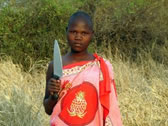
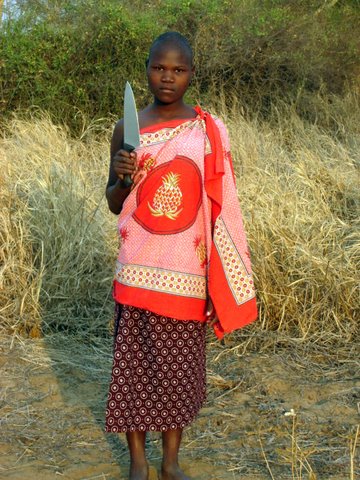
Swazi Maiden.
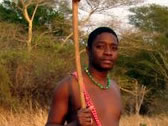
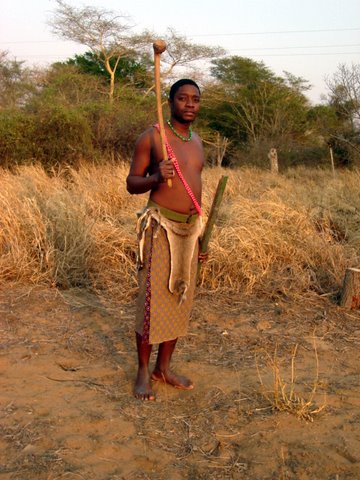
Young Swazi Man
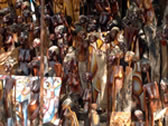
Swazi Crafts
Hover over images for larger view.
There are also a number of Swazi craft shops in the Lobamba area, all
selling locally made Swazi crafts. Some unique to the area like the home made Shiba Rugs.
Manzini, the Hub of Swaziland, is the largest city and situated in the
center of the Kingdom of Swaziland. Nearly all the factories in the country are
found in Matsapha, the industrial area of Manzini. Swaziland’s International
Airport is also located in Matshapa. Manzini has a fine golf course and country
club. Manzini boasts several Shopping Malls that have all the well known franchises
found in South Africa. Manzini also boasts several top class hotels and restaurants.
A visit to the Manzini Market is an absolute MUST for the tourist traveling in Swaziland.
Stall holders welcome the tourist to this exciting, lively Market, and vie with one another
to display their various wares and cheerfully bargain competitively. The range and quality
of Arts and Swazi Crafts and hand-made goods for sale is extensive. Here one can experience the
real feeling of an African Market. Stall holders are mostly
ladies, who produce the handicrafts in their rural areas, and travel to the Manzini Market
to sell their wares. Arts and Swazi Crafts for sale are actually too numerous to mention, but
include - Traditional pottery, hand carved wooden items, beads and beadwork, batiks and
traditional Swazi cloths, leather goods – including the traditional sandals and bags,
and of course every imaginable shape and size of woven basket. The sitja, is a woven
grass bowl which requires many hours of intricate work. Fibre is stripped from leaves,
spun between the palm of the hand and the thigh to make a long thread. The bowl is very
finely woven and when filled with liquid, moisture quickly swells the fibre to block all holes,
making it rigid and watertight. Sisal baskets and mats are made all over Swaziland, but many
of the stronger shopping baskets are made only where the Lugagane tree grows. The bark is
stripped off, soaked overnight for pliability and then woven into a sturdy frame. The tourist
can also purchase the popular ludzino or black clay pot, often used for storing and drinking beer.
One can always find a
Traditional Healer, who will chat to the tourist and diagnose his ailment, and instantly
produce an herbal potion or cream guaranteed to produce results.
Arts and Swazi Crafts purchased from local markets are considerably cheaper than shop purchases,
and most of the producers rely entirely on these handicrafts to generate an income for their families.

